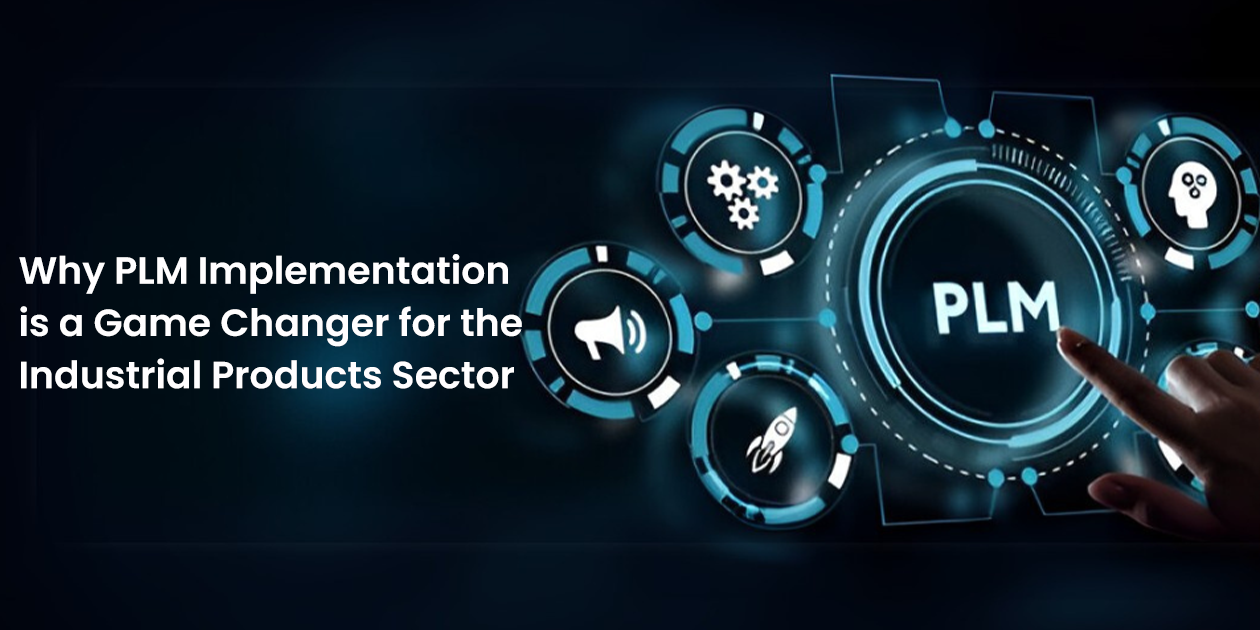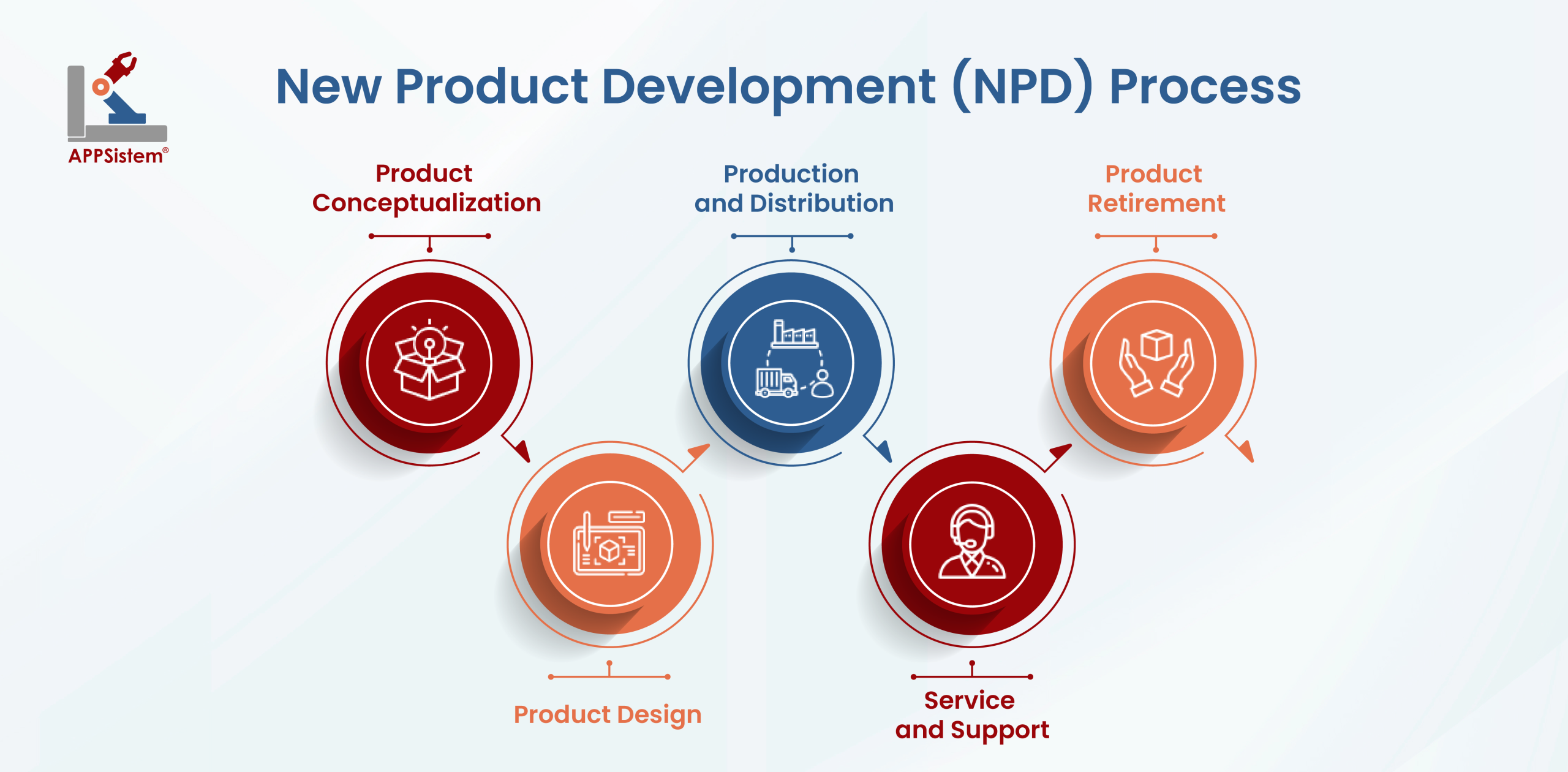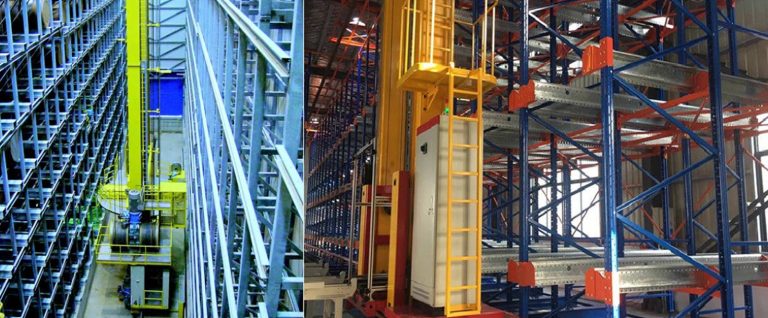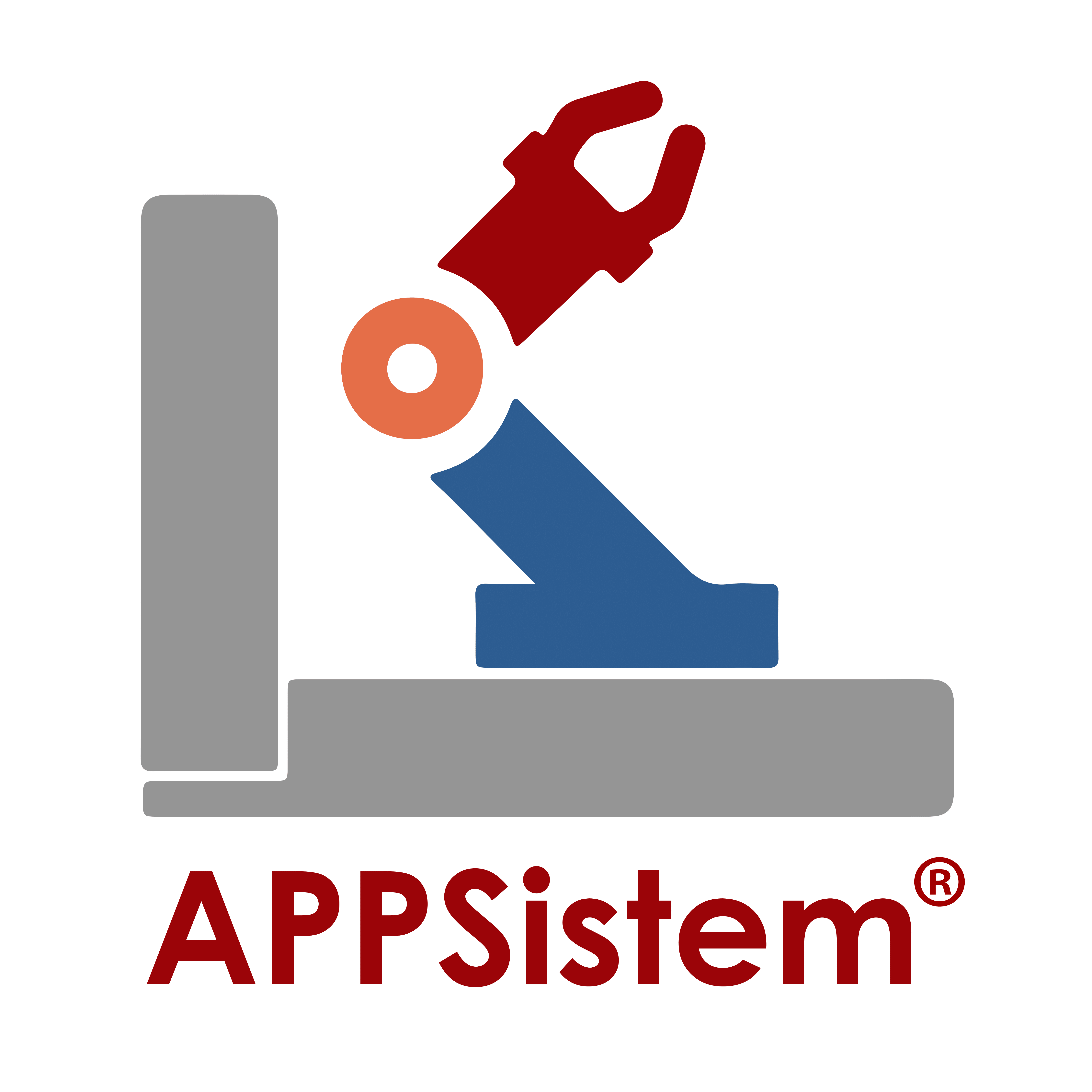
The industrial products sector is a complex landscape marked by intricate product development cycles, stringent regulatory standards, and intense global competition. To navigate these challenges, manufacturers are increasingly turning to Product Lifecycle Management (PLM) as a strategic tool to streamline operations, improve quality, and accelerate time-to-market.

Source: Transparency Market Research
Understanding PLM: A Brief Overview
Product Lifecycle Management (PLM) is a comprehensive approach to managing a product’s journey, from its inception to its end-of-life. It serves as a central hub, orchestrating people, data, processes, and business systems to ensure seamless collaboration and data-driven decision-making.
Emerging in the late 1980s and early 1990s, PLM was a response to the increasing complexity of product development processes and the growing volume of digital data generated by CAD and CAM systems. By providing a structured framework for managing product information and processes, PLM has become an indispensable tool for organizations seeking to streamline development, accelerate time-to-market, and improve product quality.
To better understand product lifecycle management, you need to understand the steps in a product’s journey from inception through product launch till end-of-life. The first three steps are part of the new product development (NPD) process and the last two deal with what happens after the product is sold.

PLM and the Industrial Products Sector
Unique Challenges in Industrial Product Development
How PLM Solves These Challenges
PLM Implementation Roadmap: How to implement PLM?
To successfully implement a PLM solution, it’s essential to start with a comprehensive plan. Begin by defining your specific goals, whether it’s accelerating time-to-market, enhancing product quality, or fostering better collaboration. Next, conduct a thorough assessment of your current processes to identify pain points and areas for improvement. Finally, develop a detailed implementation plan, outlining the project timeline, resource allocation, and key milestones to ensure a smooth and efficient rollout.
To select the right PLM solution, you must first identify your specific business needs, and the core functionalities required to support your processes. Then, evaluate potential vendors based on their reputation, industry expertise, and the scalability of their PLM solution. Finally, issue detailed RFPs to shortlisted vendors, outlining your requirements and evaluating their proposals against your goals and budget.
Data migration is a critical phase in PLM implementation. It involves identifying and assessing the quality of critical data sources, cleaning and organizing data for seamless migration. A well-defined migration strategy is essential to minimize disruptions and ensure data integrity. To optimize the PLM solution, it is crucial to integrate it seamlessly with other enterprise systems such as ERP, CAD, and SCM, enabling smooth information flow and process automation.
To ensure a smooth transition and maximize user adoption, it is crucial to develop comprehensive training programs tailored to the specific needs of different user groups. Effective change management strategies must be implemented to address potential resistance and promote a positive attitude towards the new PLM system. Additionally, providing ongoing support and training is essential to ensure smooth operations, address user queries, and encourage continuous improvement.
To ensure the ongoing success of your PLM implementation, it’s crucial to monitor system performance by tracking key performance indicators (KPIs) to measure its impact on business outcomes. Regularly review and optimize the PLM system to adapt to evolving business needs and technological advancements. Additionally, leverage advanced PLM capabilities, such as digital thread, simulation, and analytics, to drive innovation and efficiency.
Final Thoughts
Industry 4.0 is revolutionizing the manufacturing landscape, driving innovation, and fostering stronger partnerships between manufacturers, suppliers, and customers. As we embrace this new era of smart, interconnected systems, PLM emerges as a critical enabler.
APPSistem offers comprehensive PLM solutions to help you navigate the complexities of modern product development and deliver exceptional results. Let us empower your business to thrive in the digital age.



Transforming Ideas into Reality with Expert Automation, Product Engineering, PLM and SAP Services
475, 2nd Floor, AMCO Colony, NTI Layout, Koti Hosahalli, Sahakaranagar, Bengaluru – 560 092, Karnataka, INDIA